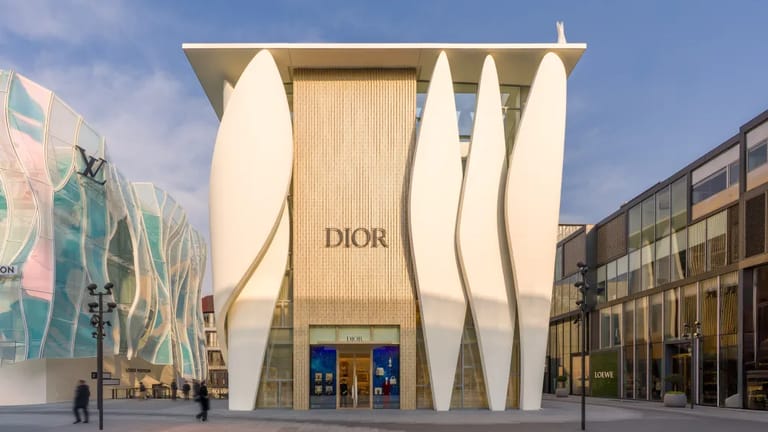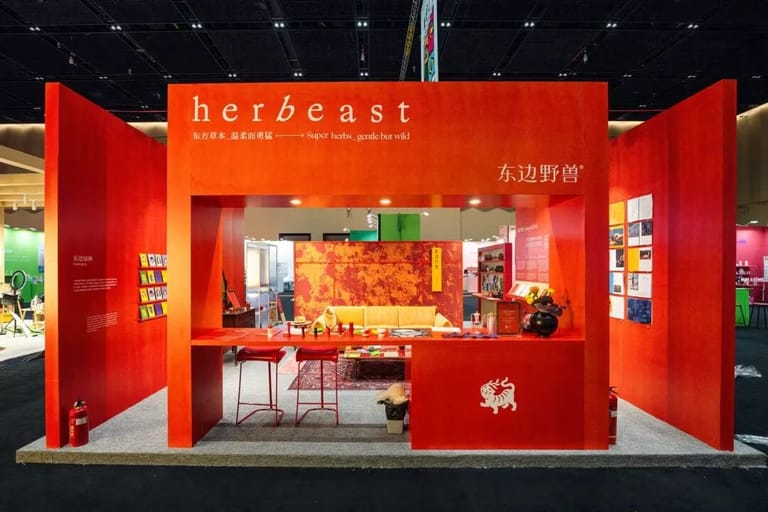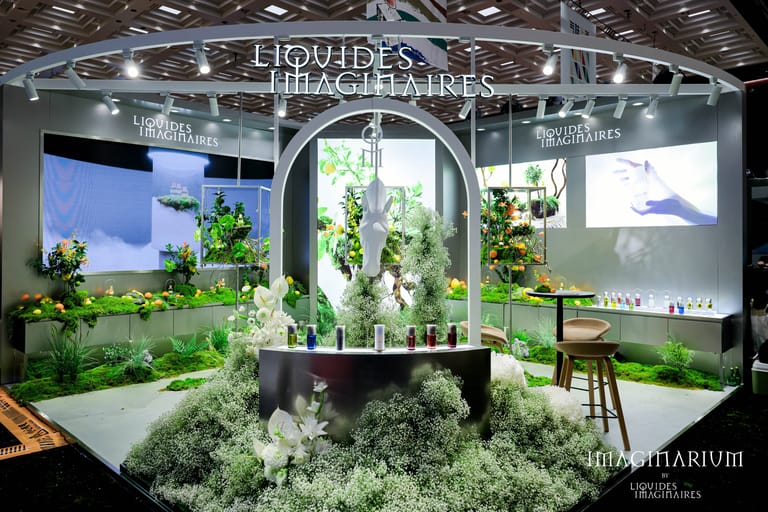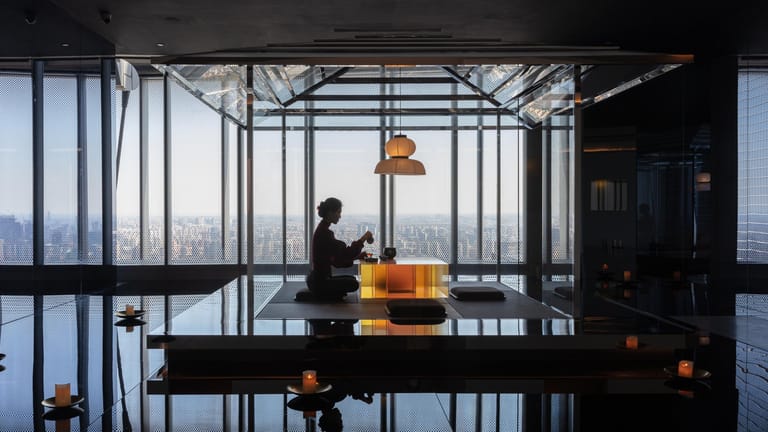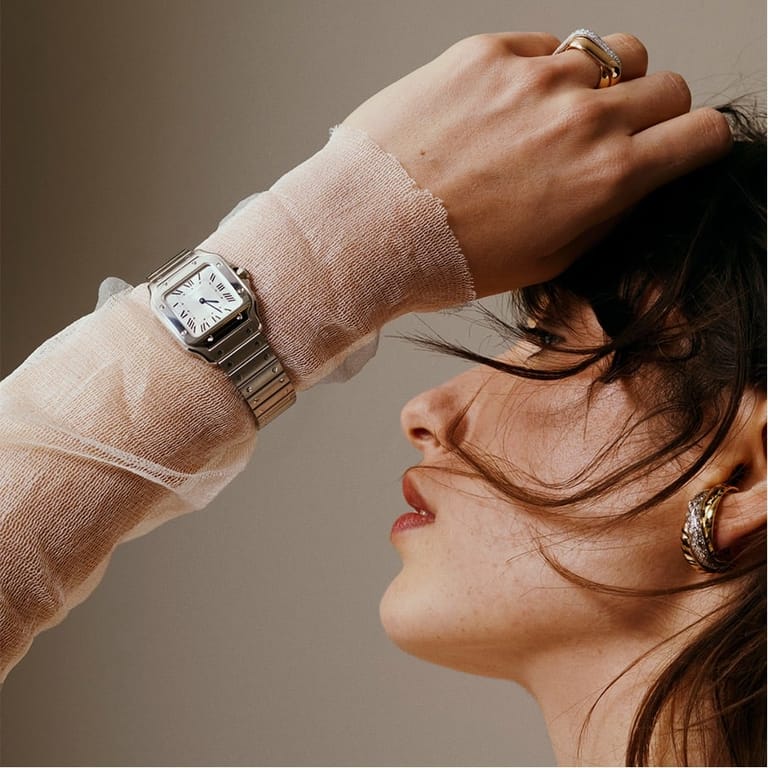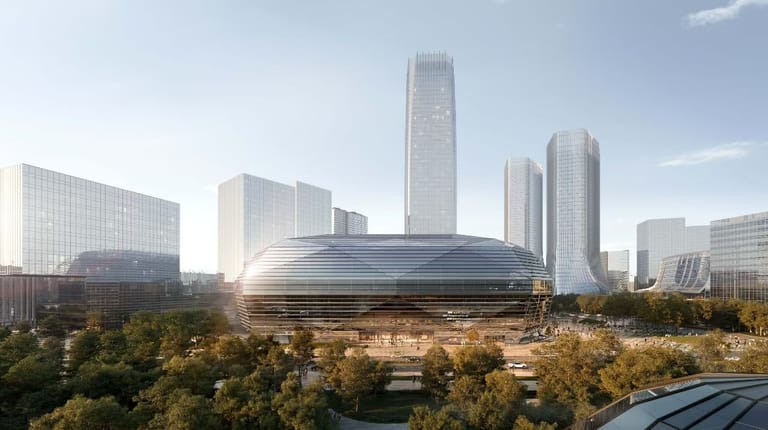McKinsey Maps China’s Spending Landscape Amid New Reality
By
Wenzhuo Wu

Published on
May 8, 2025
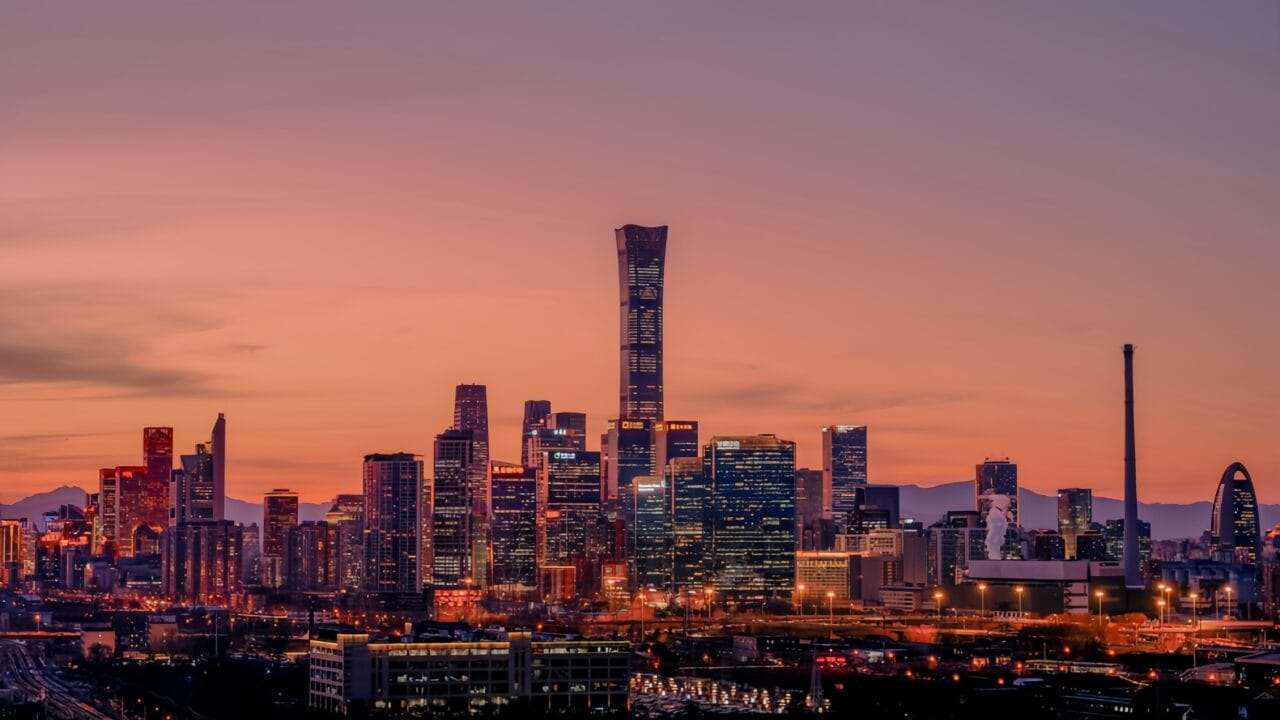
Jingzhi Curates is your daily compass for navigating the dynamic intersections of business, culture, and society. Each installment distills the day’s most pressing issues into thoughtful, actionable insights—perfect for leaders, innovators, and the intellectually curious. Whether a game-changing shift in global markets, a breakthrough in AI, or a cultural trend redefining consumer behavior, Jingzhi Curates delivers clarity in complexity.
After years of volatility and uncertainty, a new phase is quietly taking hold in China’s consumer economy—one not defined by surging growth or conspicuous consumption, but by cautious optimism and measured aspiration. According to McKinsey’s 2025 China Consumer Update, Chinese shoppers are beginning to accept a “new reality”: slower growth, tempered expectations, and a recalibrated relationship with spending.
Yet behind the modest metrics lies a deeper shift—one with significant implications for luxury and retail brands navigating the Chinese market.
Confidence Is Stabilizing, But Behavior Is Evolving
McKinsey’s survey of over 17,000 Chinese consumers reveals that while confidence remains uneven across demographic groups, overall sentiment is stabilizing. Rural residents are experiencing a lift in confidence, buoyed by faster income growth and revitalization policies. In contrast, confidence among Tier 1 and Tier 2 low-income millennials—once drivers of mass luxury—has dipped significantly, due to job insecurity and asset concerns. Meanwhile, urban Gen Z, despite facing rising youth unemployment, remains surprisingly resilient and emotionally invested in self-expression.
Importantly, the link between confidence and spending intent is loosening. Consumers are no longer simply reacting to mood—they’re responding to material conditions: asset values, income growth, and lifestyle goals.
This has powerful consequences for the luxury sector, which traditionally rides the wave of consumer optimism. Today’s high-net-worth individuals, particularly affluent urban consumers, may be more anxious about long-term assets, but they continue to spend—albeit more selectively. In fact, this group is projected to increase daily consumption by 2.6 percent in 2025, often dipping into savings to maintain quality-of-life standards.
Chinese consumers’ acceptance of this new reality closely aligns with the shift toward jingzhi (精致) consumption, as outlined in the Luxury Through a New Lens: 2025 Jingzhi China Vision Report. This movement reflects a deepening focus on intentionality, self-expression, and intrinsic value in luxury.
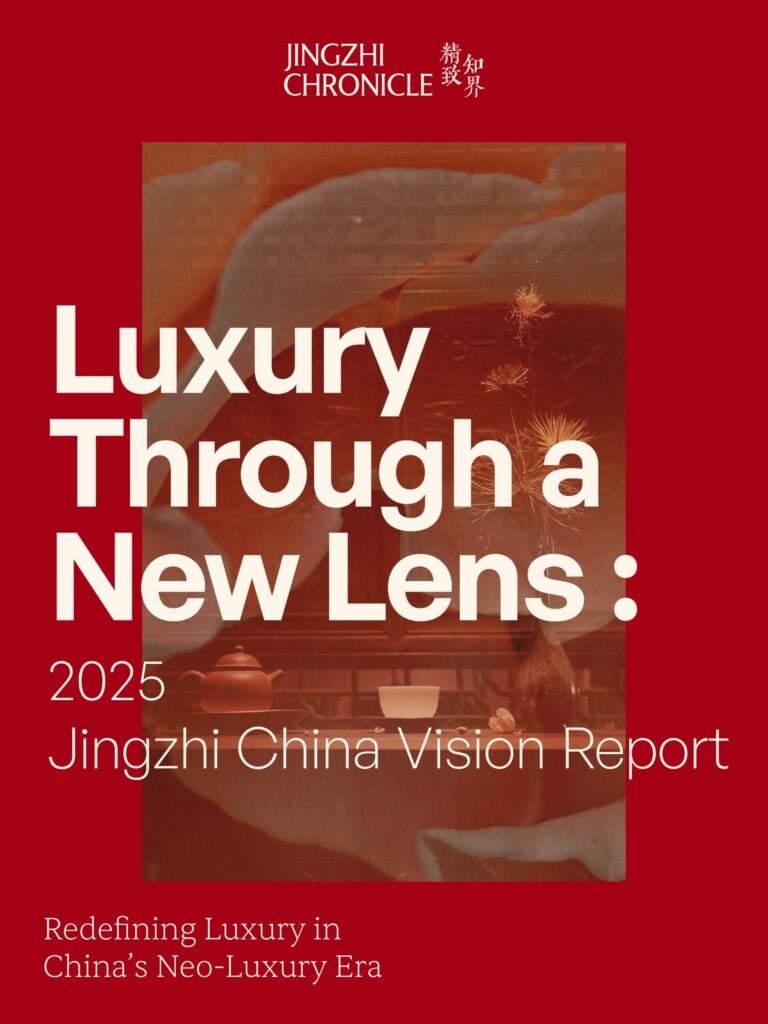
Personal Fulfillment Drives Discretionary Spending
Among the most notable trends in McKinsey’s findings is the shift toward personal fulfillment as a driver of consumption. Experiences—rather than status symbols—are increasingly prioritized. Consumers are spending more on categories like health and wellness, cultural experiences, travel, and education, and less on goods that carry risk of depreciation.
This preference echoes recent surges in interest for immersive retail environments, heritage storytelling, and wellness-anchored lifestyle activations across Chinese luxury malls and pop-ups. The data reinforces what we’ve seen on the ground: younger, urban Chinese consumers—especially Gen Z—are willing to spend, but only if the product or experience aligns with their values and emotional aspirations.
For luxury houses, this is both challenge and opportunity. Heritage alone is no longer enough. Brands must now offer cultural relevance, emotional depth, and a sense of individual reward—whether through limited editions, personalization, or values-led campaigns.
The Experience Economy Isn’t Just Alive—It’s Evolving
One of the clearest signals from the report is that Chinese consumers are investing in intangible value. Travel, sportswear, cultural activities, and dining out are among the few sectors seeing double-digit projected growth. This points to a maturing experience economy that demands more than just surface-level engagement.
Luxury brands should be paying close attention to this behavioral pivot. From “quiet luxury” aesthetics to sensory-rich flagship store designs, brands that can deliver elevated, immersive environments will have the upper hand in winning loyalty—not just footfall.
Equally important is a rethink of value delivery. As consumers grow more conscious of what they buy and why, luxury must shift from spectacle to substance.
Looking Ahead: Quality Over Quantity
In this new reality, growth in China may no longer come in explosive waves—but in steadier, more sustainable forms. For brands with patience, creativity, and a willingness to localize deeply, the opportunities remain substantial.
As McKinsey’s analysis makes clear, Chinese consumers are not retreating from consumption—they are reauthoring it. What they seek today are products and experiences that reflect their changing identities, aspirations, and understanding of fulfillment.
For the luxury and retail sector, success will belong to those who understand that in today’s China, value is emotional, loyalty is earned, and relevance must be continually re-earned.


